
A beautiful water fountain can be the centrepiece of your outdoor space, but with it comes the responsibility of maintaining it to keep it looking its best. Whether you have a small fountain or a large pond, regular cleaning and upkeep are essential to keep your water fountain functioning properly and prevent the buildup of harmful substances. In this article, we will cover everything you need to know about water fountain maintenance to ensure it continues to be a source of enjoyment for you and your family.

Cleaning Your Water fountain
One of the most important aspects of water fountain maintenance is cleaning. Over time, dirt, leaves, and other debris can accumulate in your water fountain, causing it to become murky and unsightly. Cleaning your water fountain on a regular basis will not only keep it looking its best but also prevent the buildup of harmful substances such as bacteria, algae, and other organic matter.
The frequency of cleaning your water fountain will depend on its size, location, and the amount of use it receives. For small fountains, cleaning once a week may be sufficient, while larger ponds may require cleaning every other week or more.
When cleaning your water fountain, it is important to follow the manufacturer's instructions to ensure that you are using the correct cleaning products and techniques. This will help prevent damage to your water fountain and keep it functioning properly. Some common cleaning techniques include:
Skimming
The use of a skimmer or net is an essential step in maintaining the appearance and function of your water fountain. A skimmer or net can help to remove leaves, twigs, bugs, and other debris that collect on the surface of the water. This not only improves the appearance of your water fountain, but it also prevents clogs in the pumps and filters, and helps to maintain a healthy balance of bacteria and other microorganisms in the water.
When using a skimmer or net, it is important to follow the manufacturer's instructions carefully to avoid damaging any components. This may include removing the skimmer or net from the water fountain, cleaning it, and replacing it after use.
Skimming is an effective way to maintain the appearance and function of your water fountain. By removing debris from the surface of the water, skimming helps to prevent clogs in the pumps and filters, and it helps to maintain a healthy balance of bacteria and other microorganisms in the water.
In addition, skimming can help to improve the overall appearance of your water fountain by removing leaves, twigs, bugs, and other debris that can detract from its beauty. Whether you have a small water fountain or a large one, regular skimming is an important step in maintaining its beauty and functionality.
Vacuuming
Vacuuming is a crucial step in maintaining the health and appearance of your water fountain. Using a special water fountain vacuum can help to remove debris, dirt, and other contaminants that settle on the bottom of your water fountain. This deep cleaning process is important for maintaining the overall health of your water fountain and keeping it looking its best.
When it comes to cleaning your water fountain, a special water fountain vacuum, also known as a pond vacuum, can be a useful tool to have. These vacuums are designed specifically for cleaning water fountains and are equipped with features such as adjustable suction, filters, and long hoses to make the cleaning process as efficient and effective as possible..
Scrubbing
Scrubbing is an essential step in maintaining the appearance and functionality of your water fountain. Using a scrub brush to remove buildup from rocks, waterfalls, and other surfaces helps to prevent the accumulation of dirt, algae, and other contaminants that can negatively impact the health and appearance of your water fountain.
Scrubbing is an effective way to maintain the appearance and functionality of your water fountain. By removing buildup from rocks, waterfalls, and other surfaces, scrubbing helps to prevent the accumulation of dirt, algae, and other contaminants that can negatively impact the health and appearance of your water fountain.
Chemicals
Chemicals such as algaecides and clarifiers can be an effective tool in maintaining the health and appearance of your water fountain. These products work by removing harmful substances such as algae and other contaminants that can negatively impact the appearance and functionality of your water fountain.
When using chemicals in your water fountain, it is important to follow the manufacturer's instructions carefully and to use only products that are specifically designed for water fountains. This may include adding the chemicals to the water fountain according to the recommended dosage, and monitoring the water quality regularly to ensure that the chemicals are not having any adverse effects.
Maintaining Your Water fountain's Water Level: A Critical Component of Maintenance
Maintaining the water level in your water fountain is an important aspect of keeping it functioning properly and looking its best. A water fountain that is too low or too high can create a number of issues, from impacting the appearance of your water fountain to causing damage to its components.
To maintain the proper water level in your water fountain, it is important to regularly check the water level and make adjustments as needed. This may involve adding water to the feature to maintain a consistent level or removing water to avoid overflow.
The Benefits of Proper Water Level Maintenance
Proper water level maintenance is critical to the health and appearance of your water fountain. By maintaining the correct water level, you can help to ensure that your water fountain is functioning properly, with the water flowing smoothly and evenly.
In addition, maintaining the proper water level can also help to reduce the risk of damage to your water fountain. For example, an overflowing water fountain can cause water damage to surrounding areas and structures, while a water fountain that is too low can lead to issues with water circulation and quality.
Tools and Techniques for Maintaining Your Water Level
There are a number of tools and techniques that can be used to maintain the water level in your water fountain, including the use of a water level gauge, a sump pump, or a water treatment system. Additionally, using a simple float valve or other automated system can help to ensure that your water fountain remains at the correct level with minimal effort on your part.
It is also important to be mindful of factors that may impact the water level in your water fountain, such as heavy rainfall or evaporation, and to make adjustments as needed to maintain the correct water level.
Balancing the Water Chemistry
Balancing the water chemistry of your water fountain is an important aspect of water fountain maintenance. This process involves adjusting the pH levels, total alkalinity, and calcium hardness of the water in order to create a healthy and safe environment for plants, fish, and other aquatic life.
A pH level that is too high or too low can cause harm to aquatic life and plants, while an imbalance in total alkalinity and calcium hardness can lead to problems such as scaling and cloudiness. This is why it's important to regularly test the water chemistry of your water fountain and make adjustments as necessary.
There are several ways to test the water chemistry of your water fountain, including using test strips, test kits, and electronic testers. Once you have determined the current levels of pH, total alkalinity, and calcium hardness, you can then make any necessary adjustments.
Balancing the water chemistry of your water fountain can be done by adding chemicals such as pH balancers, alkalinity increasers, and calcium hardness increasers. It's important to follow the manufacturer's instructions and use the correct amount of chemicals, as overuse can cause harm to aquatic life and plants.
In addition to using chemicals, there are other ways to balance the water chemistry of your water fountain, such as adjusting the aeration and circulation, adding natural rock formations, and using water treatments designed specifically for water fountains.
Maintaining a balanced water chemistry is crucial for the health and longevity of your water fountain and the plants and animals that inhabit it. Regular testing and adjustments to the water chemistry will help ensure that your water fountain remains a beautiful and thriving environment for years to come.
Filtering Your Water fountain: Keeping the Water Clean and Clear
Filtering your water fountain is an important part of maintaining its cleanliness and clarity. A properly functioning filter system helps to remove debris, chemicals, and other harmful substances from the water, which can not only keep your water fountain looking great, but also help to maintain a healthy environment for any plants or aquatic life that may be present.
There are a variety of filtering systems available for water fountains, each with its own unique benefits and disadvantages. Some of the most common types of filters include mechanical filters, biological filters, and chemical filters.
Mechanical Filters
Mechanical filters are the most basic type of filter, and they work by physically removing debris and other particles from the water. This type of filter is often used in smaller water fountains, such as fountains or birdbaths.
Mechanical filters work by straining out debris and other particles from the water as it flows through the filter. This can be accomplished through a variety of methods, including the use of filter pads, baskets, or screens.
Biological Filters
Biological filters are designed to help maintain the natural balance of your water fountain by promoting the growth of beneficial bacteria. These bacteria help to break down harmful substances in the water, such as ammonia and nitrates, which can be harmful to plants and aquatic life.
Biological filters work by providing a surface for the growth of these beneficial bacteria, which can then help to maintain a healthy balance in the water. Some common types of biological filters include sponge filters, bio-balls, and bio-filters.
Chemical Filters
Chemical filters are used to remove specific chemicals from the water, such as chlorine or other harmful substances. These filters work by passing the water through a chemical medium, such as activated carbon or resin, which binds with the harmful chemicals and removes them from the water.
Chemical filters are an important part of maintaining the quality of your water fountain, and they can be used in conjunction with other types of filters for a comprehensive filtering solution.
Choosing the Right Filter for Your Water fountain
The type of filter that is right for your water fountain will depend on a number of factors, including the size of your water fountain, the type of water fountain you have, and the specific needs of your water fountain.
When choosing a filter for your water fountain, it is important to consider factors such as cost, maintenance requirements, and the effectiveness of the filter in removing specific substances from the water. By carefully evaluating your options and choosing the right filter for your water fountain, you can help to ensure that it remains clean and clear for years to come.
Protecting Your Water fountain from the Elements
Protecting your water fountain from the elements is an important aspect of water fountain maintenance. Exposure to extreme weather conditions such as heavy rain, strong winds, and extreme heat can cause damage to your water fountain and disrupt its delicate balance.
To protect your water fountain from the elements, it's important to choose a location that is sheltered from strong winds and direct sunlight. You can also install a protective cover or shade cloth to protect it from excessive sunlight and precipitation.
It's also important to regularly clean and maintain your water fountain to prevent damage from debris such as leaves and twigs. A debris buildup can cause clogging and damage to the pump, as well as contribute to the growth of harmful substances such as algae.
Add plants and decorations
Apart from maintaining the technical aspects of your water fountain, it's important to add some visual interest to your outdoor oasis. Adding plants and decorations to your water fountain can help to create a more natural and attractive environment.
Some plants that are well-suited to water fountains include water lilies, lotus, and irises. These plants not only add color and beauty to your water fountain, but they also help to keep the water clean by absorbing excess nutrients.
Other than plants, you can also add decorations such as rocks, statues, and waterfalls to your water fountain. These elements can help to create a more cohesive and attractive outdoor space, and can also provide a habitat for wildlife such as birds and frogs.
When choosing plants and decorations for your water fountain, make sure to consider the size and style of your outdoor space, as well as the specific needs of the plants and animals you want to attract.
Keep safety in mind
Water fountains can be a fun and relaxing addition to your outdoor space, but it's important to keep safety in mind. If you have young children or pets, it's important to make sure that your water fountain is secure and safe to use.
One way to ensure the safety of your water fountain is by adding a fence or other protective barrier. This can help to prevent accidental falls or drownings, and can also keep curious pets from getting into the water.
In addition to adding a fence, it's important to follow proper safety precautions when using your water fountain. This may include wearing proper clothing and shoes, supervising children and pets, and never diving or jumping into the water.
It's also a good idea to have safety equipment on hand in case of emergencies. This may include a life jacket or floating device, as well as a phone to call for help if needed.
By following these safety guidelines, you can enjoy your water fountain without any incidents or accidents.
Final Thoughts
Maintaining a water fountain is critical for its longevity and visual appeal. By regularly removing dirt and debris, refilling with fresh water, filtering, balancing water chemistry, and protecting it from extreme weather conditions, you can ensure that your water fountain remains in optimal condition. With consistent attention and care, your water fountain can continue to provide you and your loved ones with years of enjoyment.
Related Articles
How to Remove White Scale from Your Water Feature
Preventing Algae in Water Fountains: A Complete Guide
Winterizing Outdoor Water Fountains: A Complete Guide


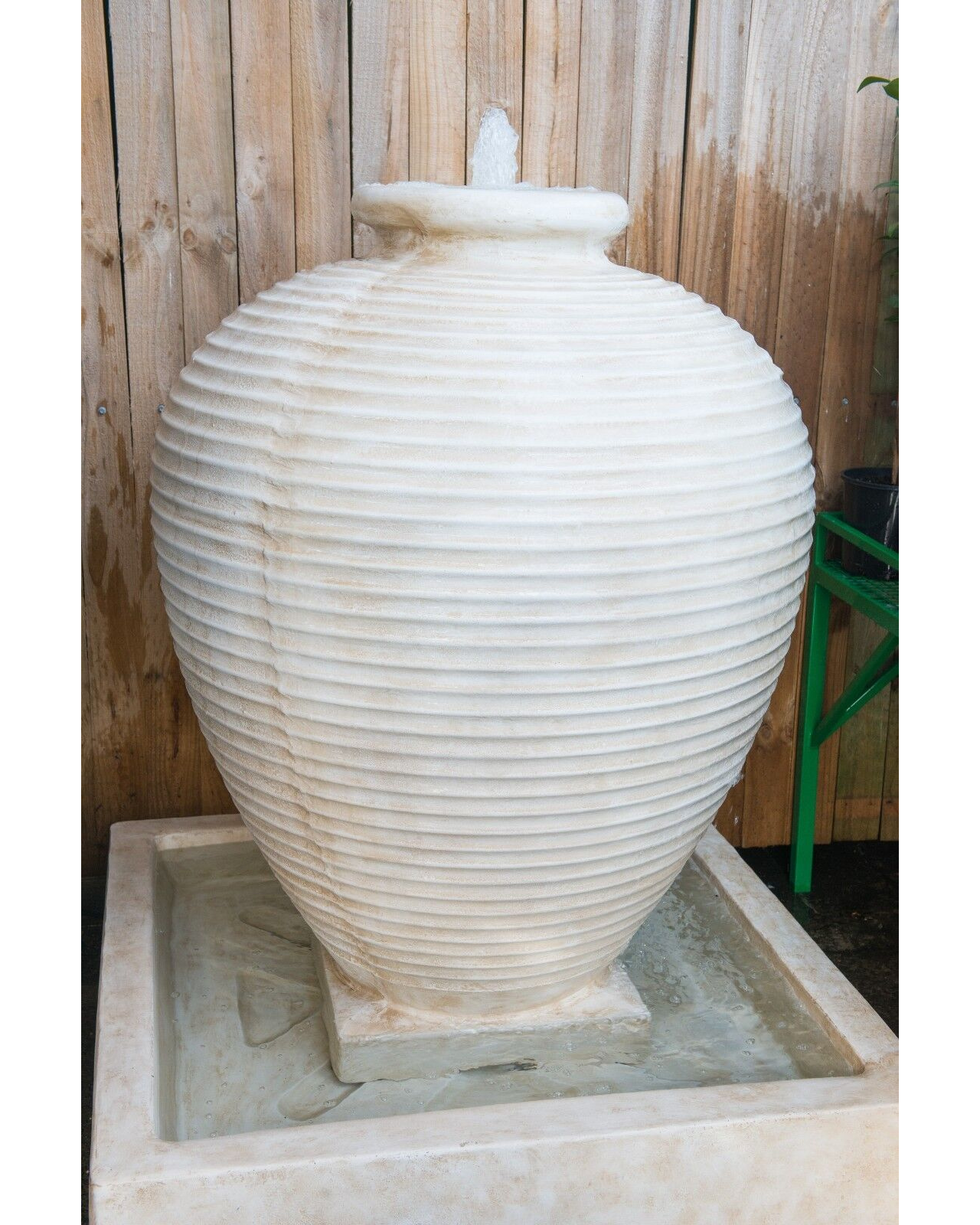
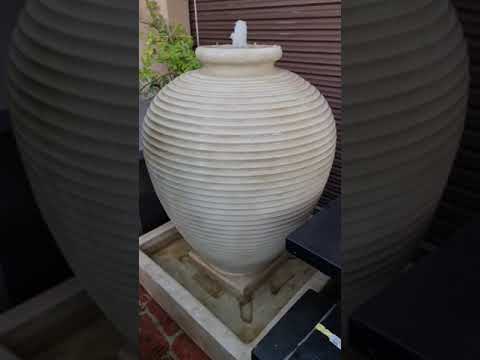
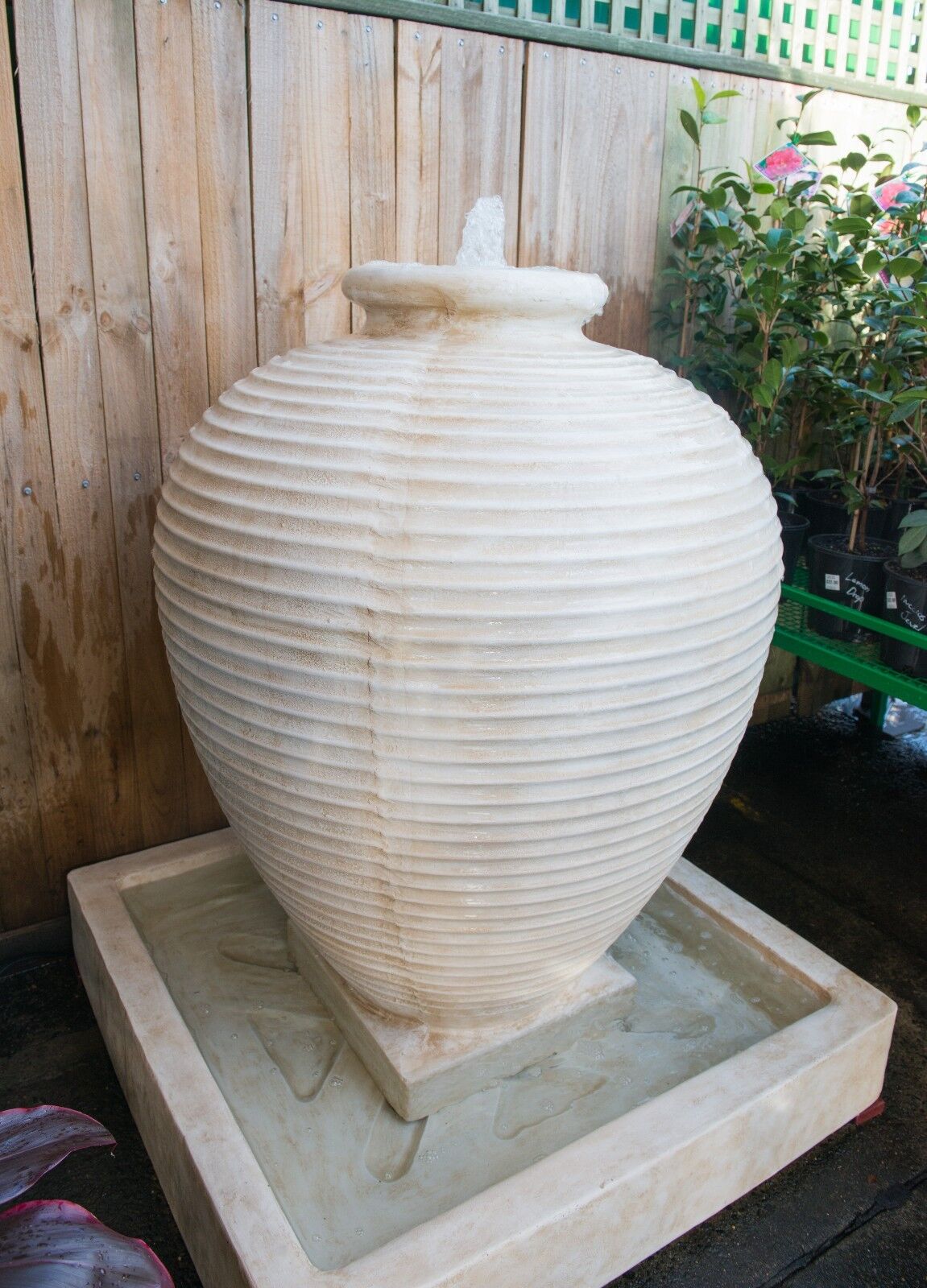
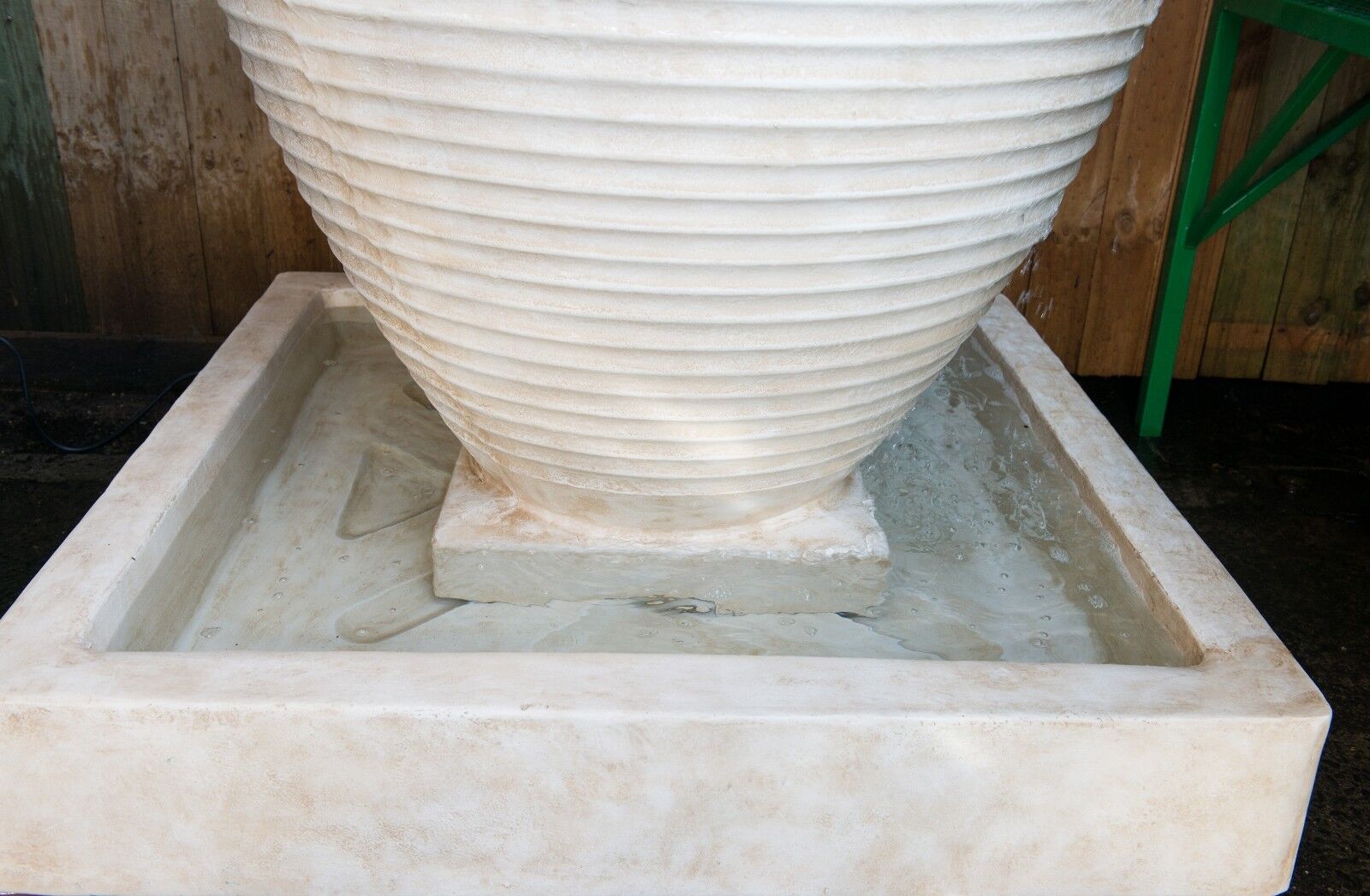
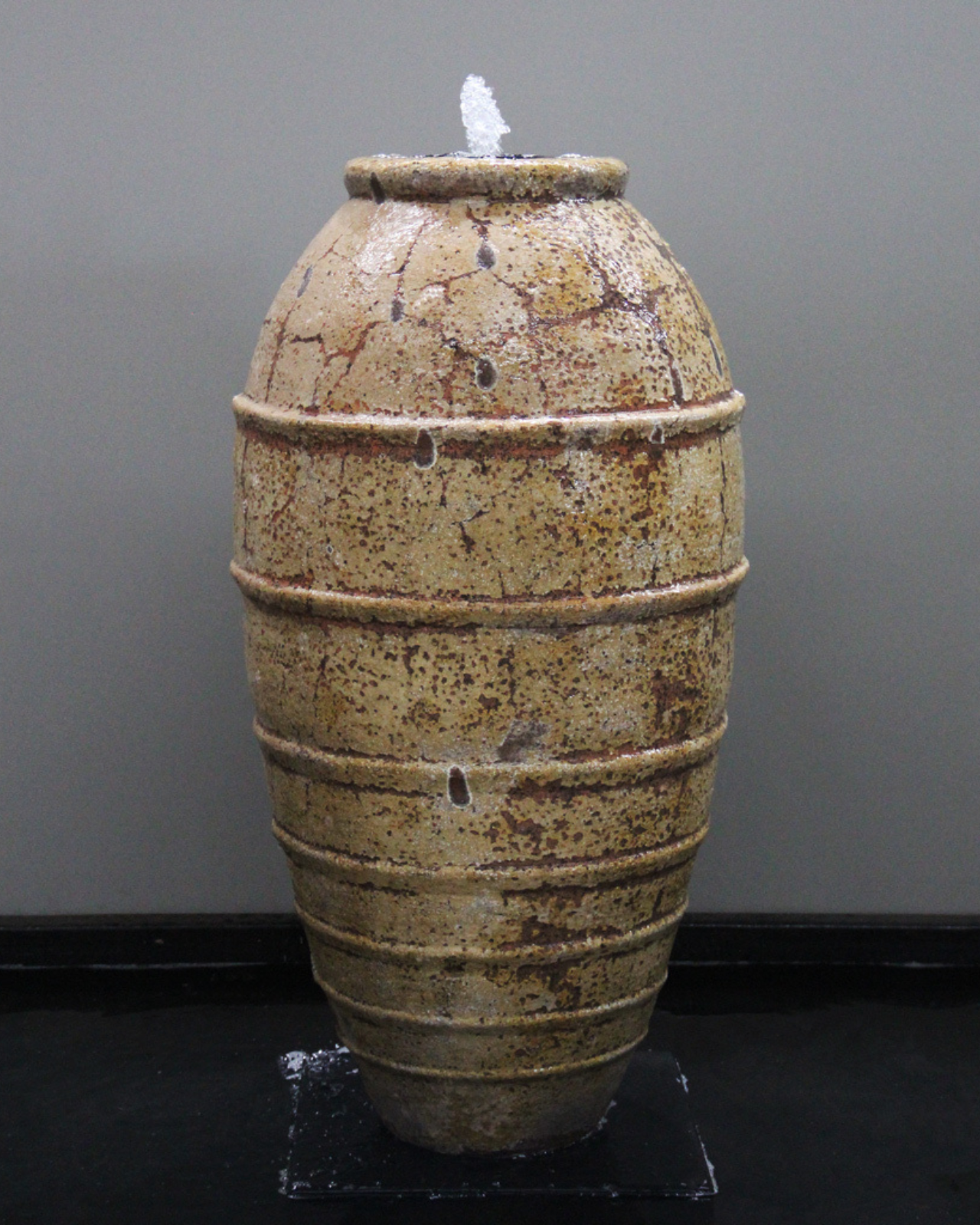

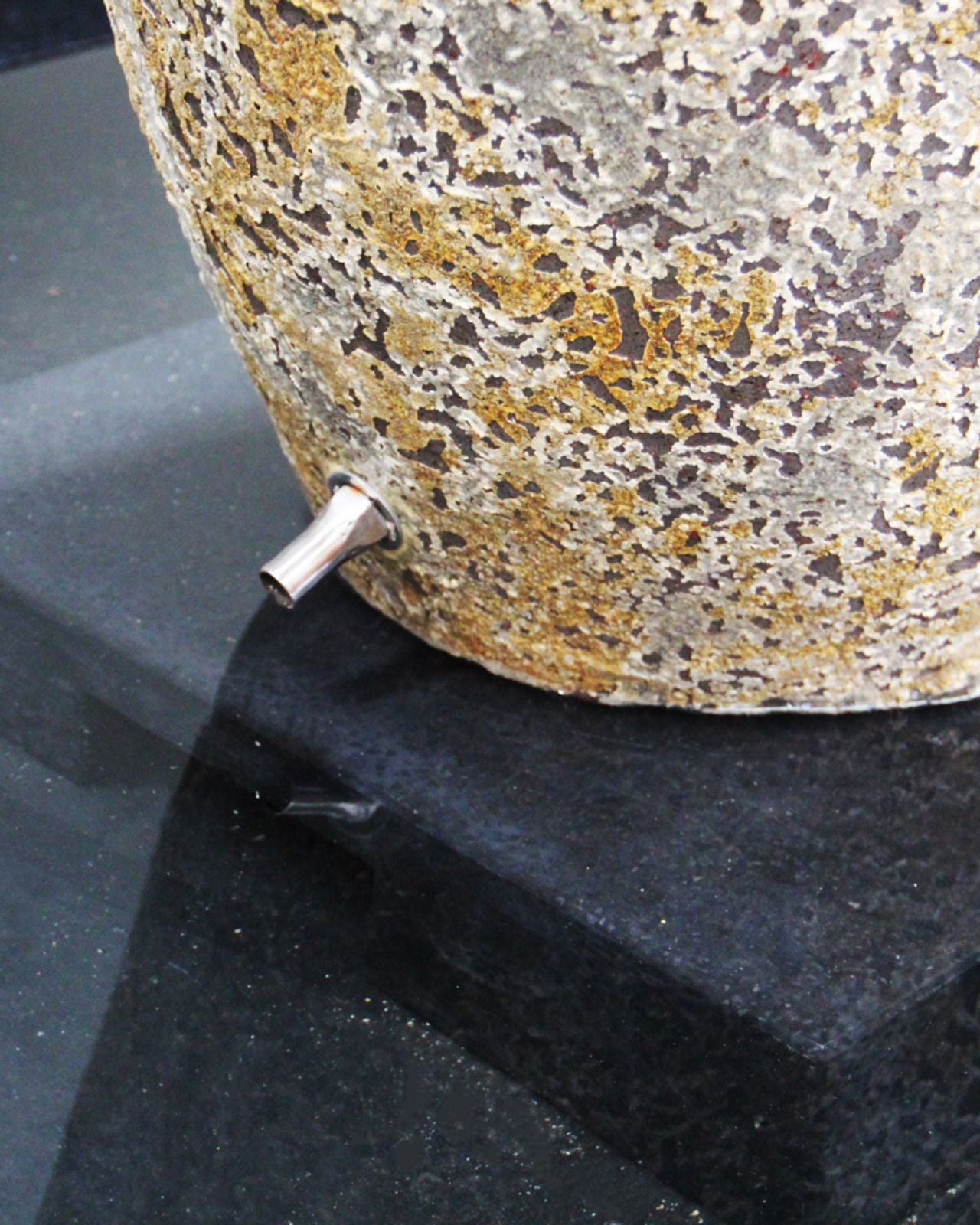
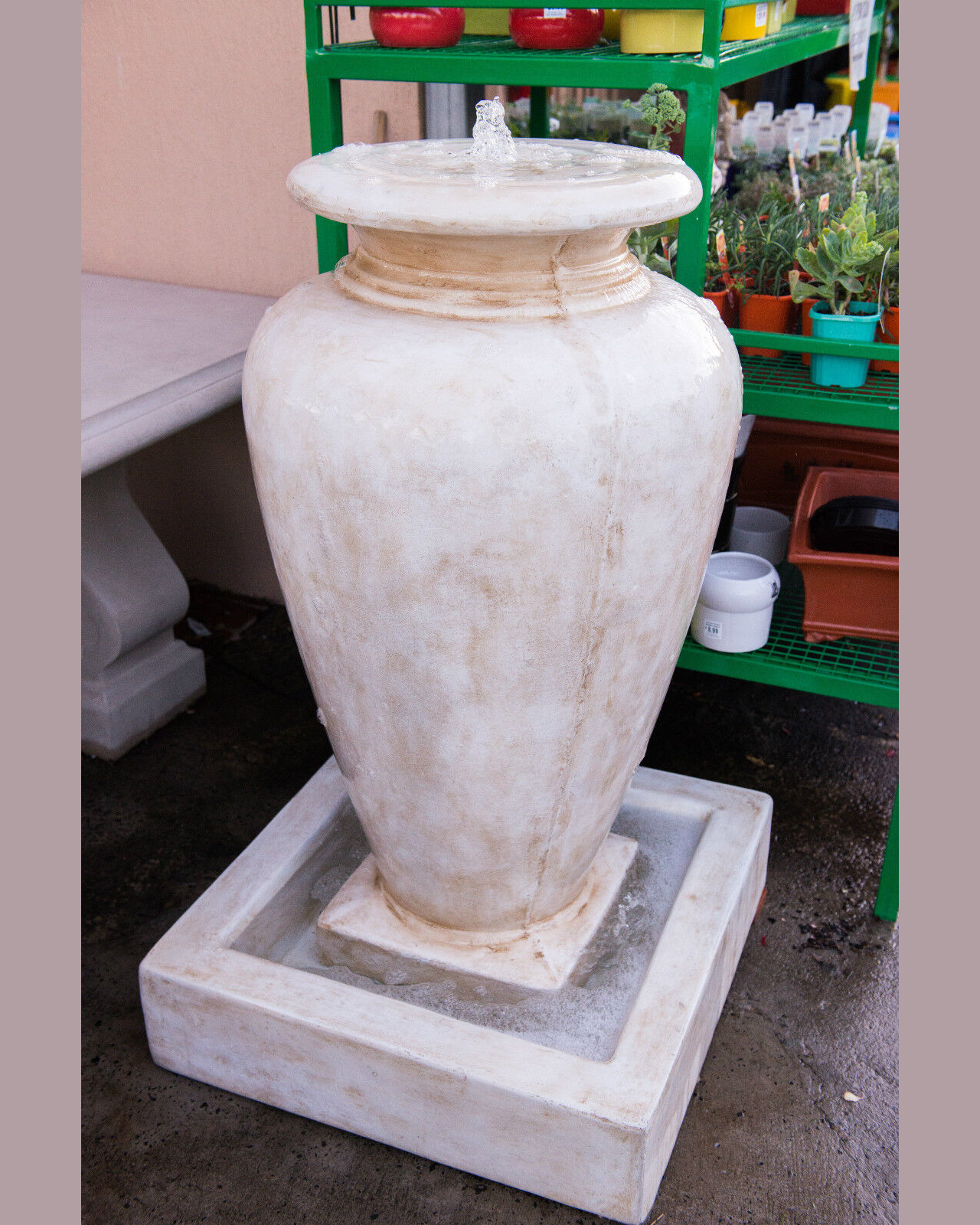

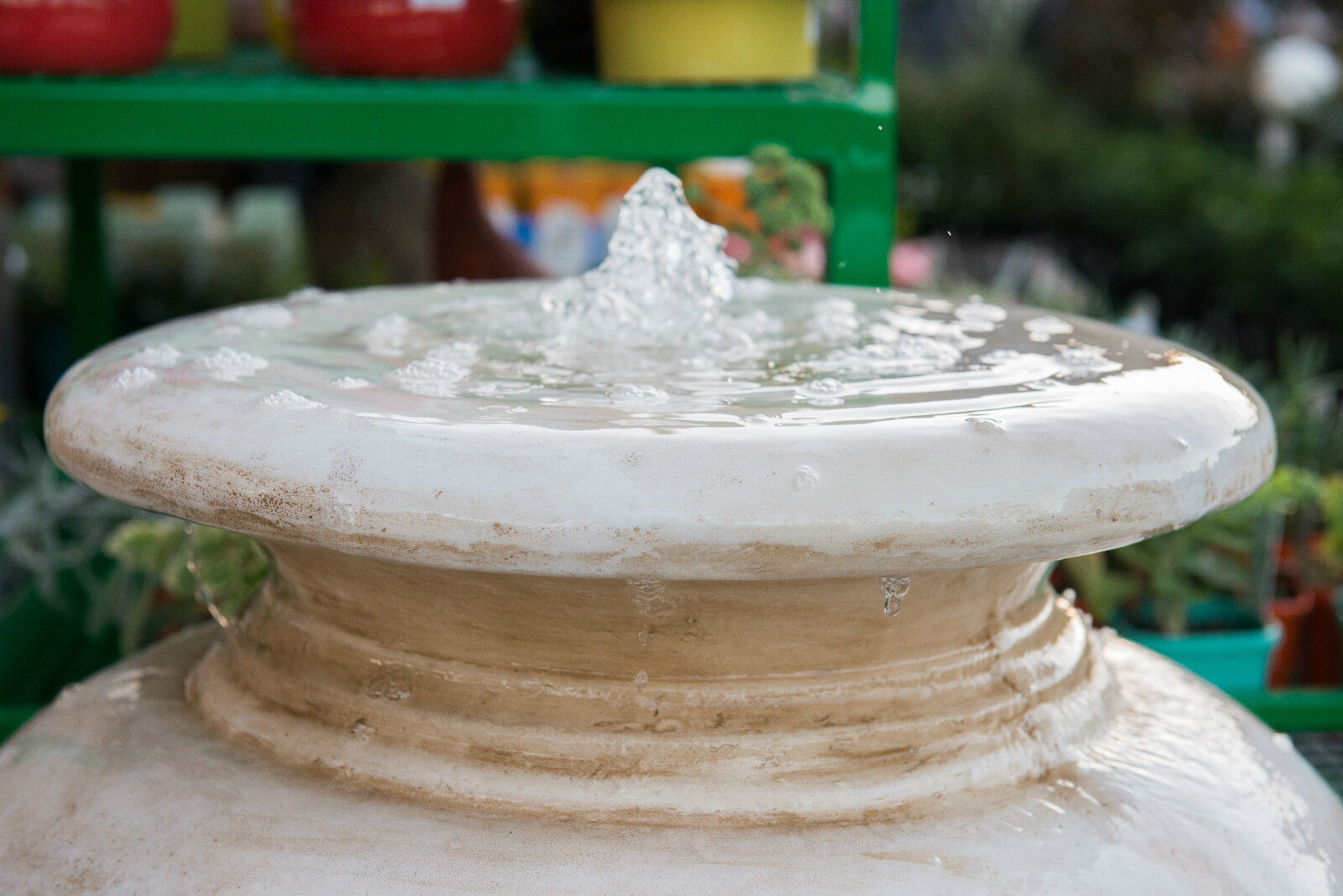
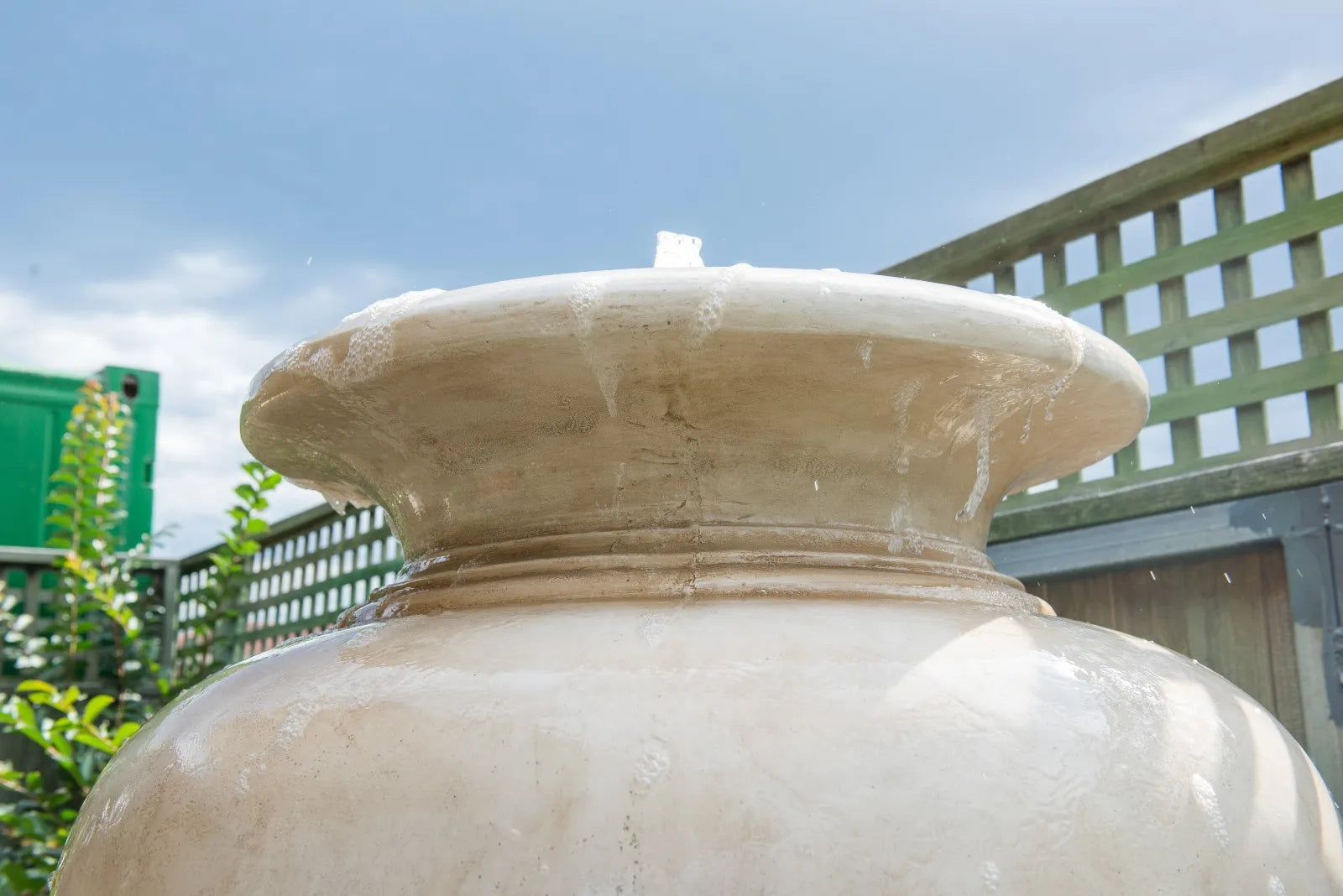

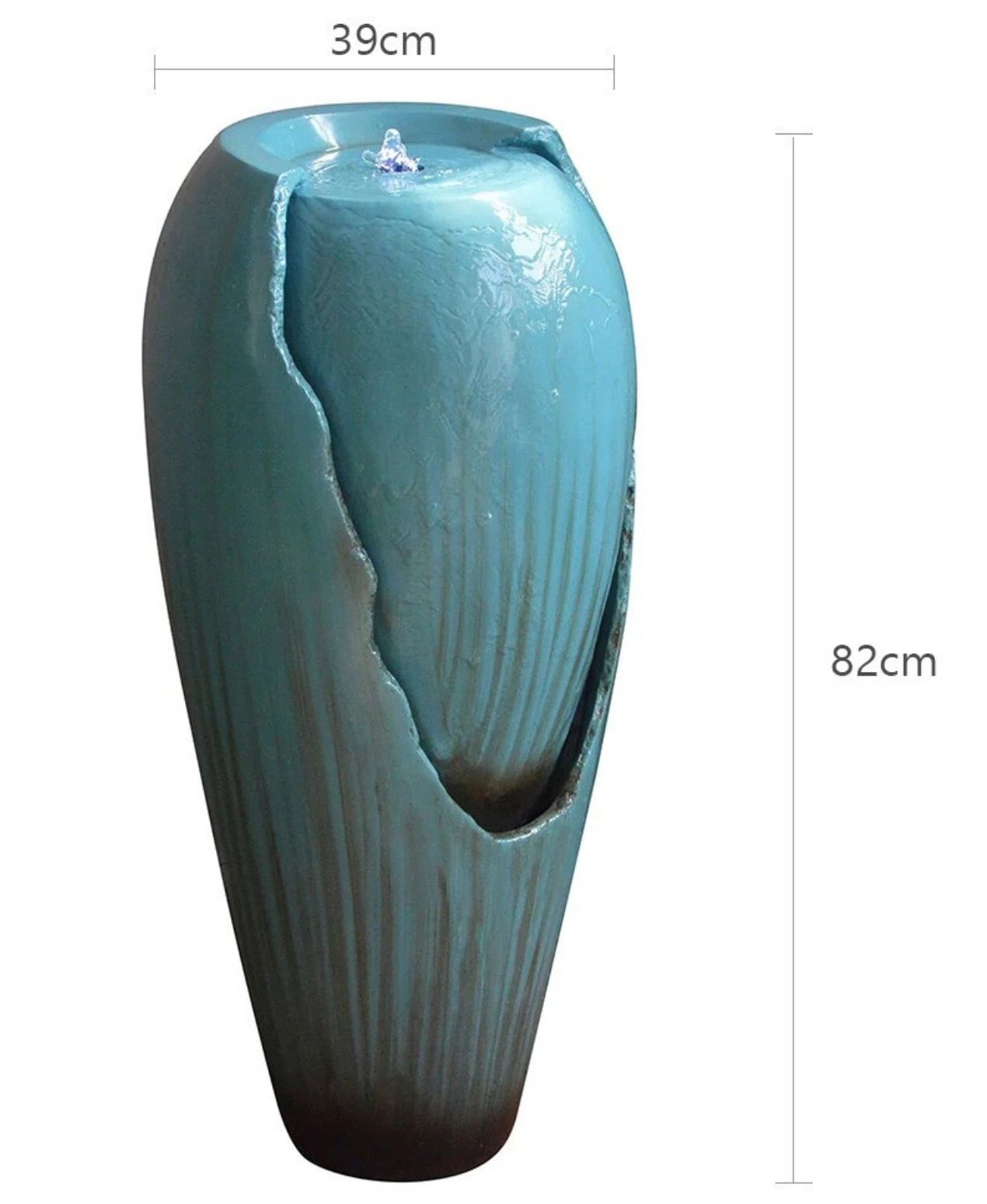
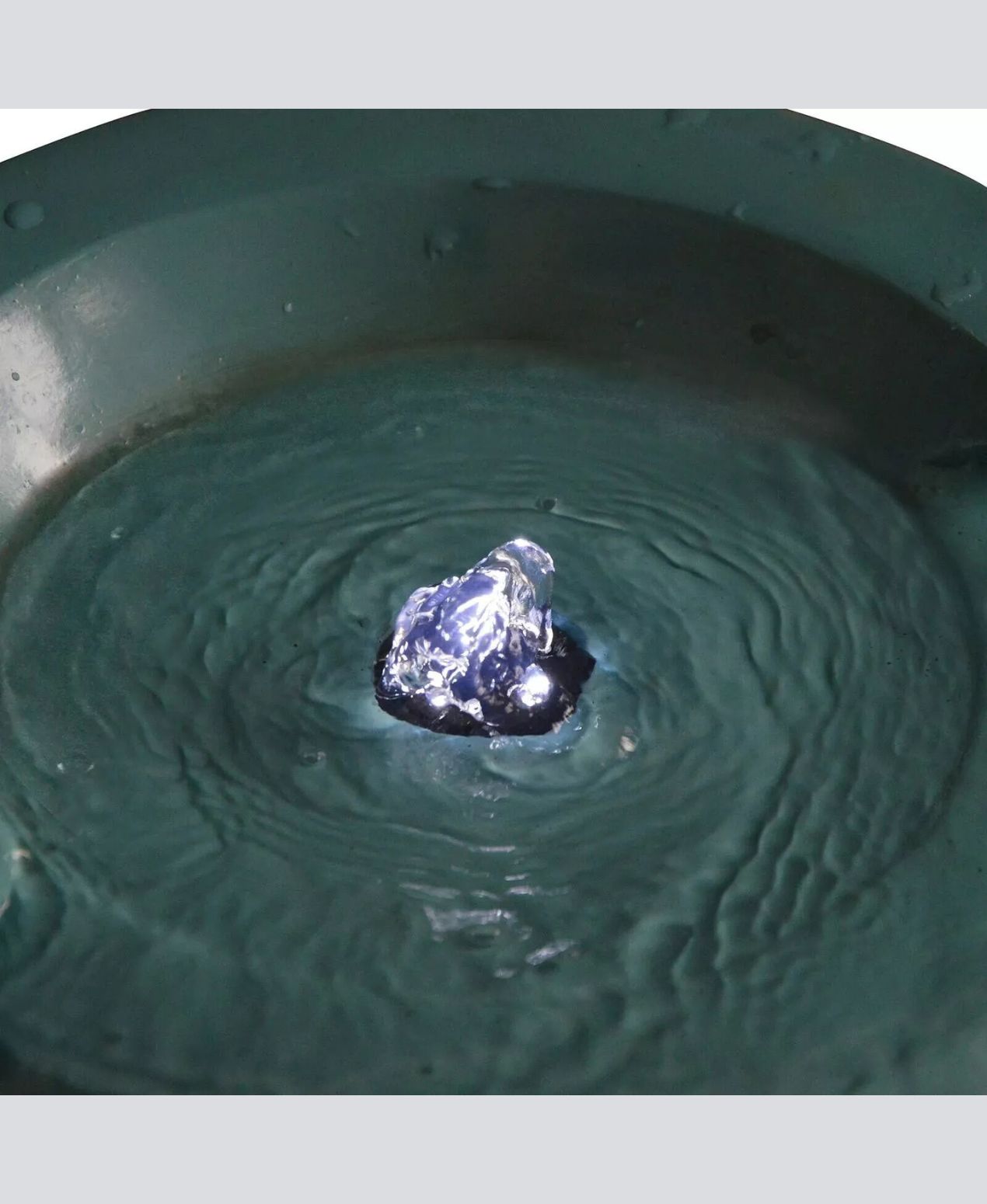
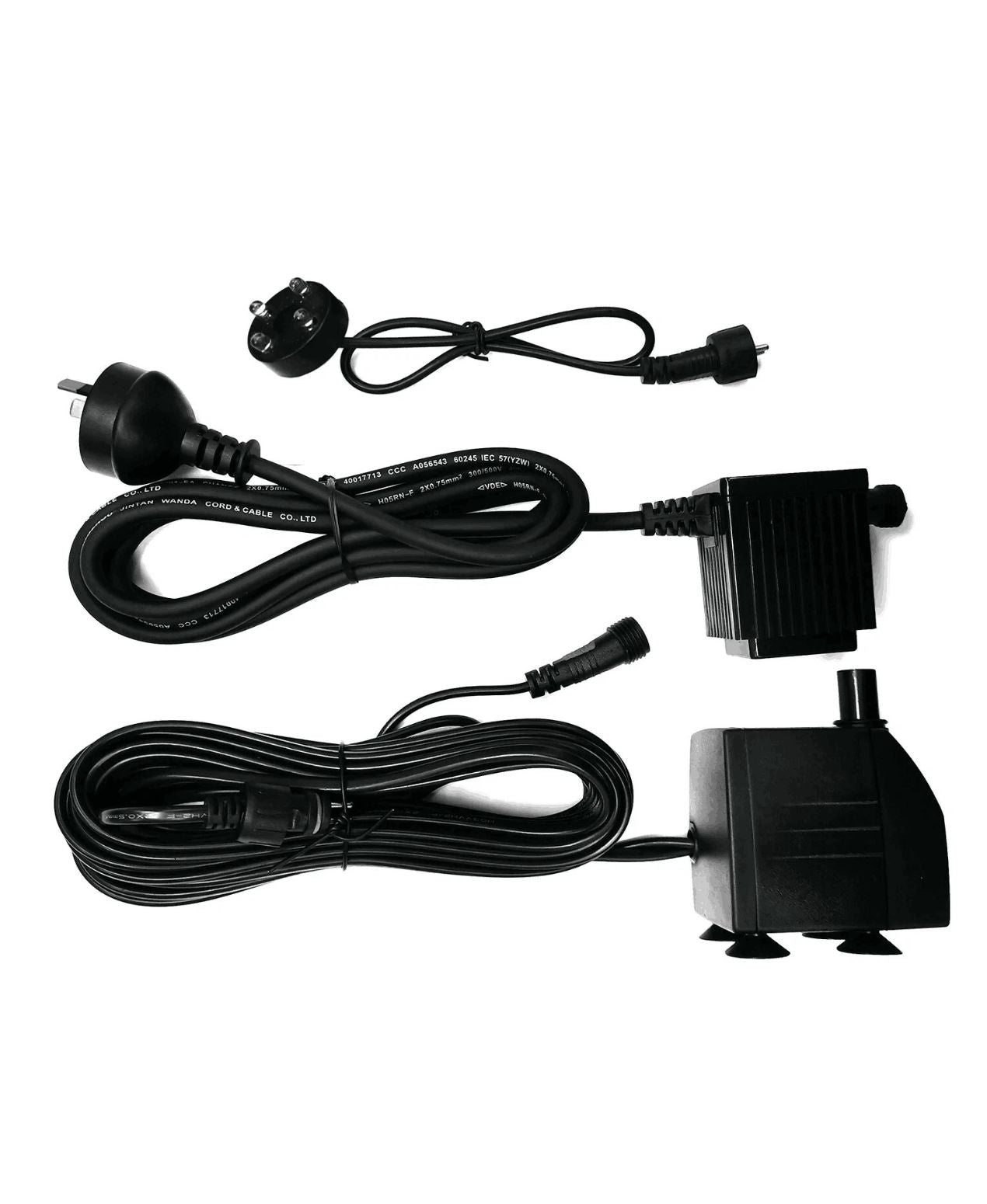
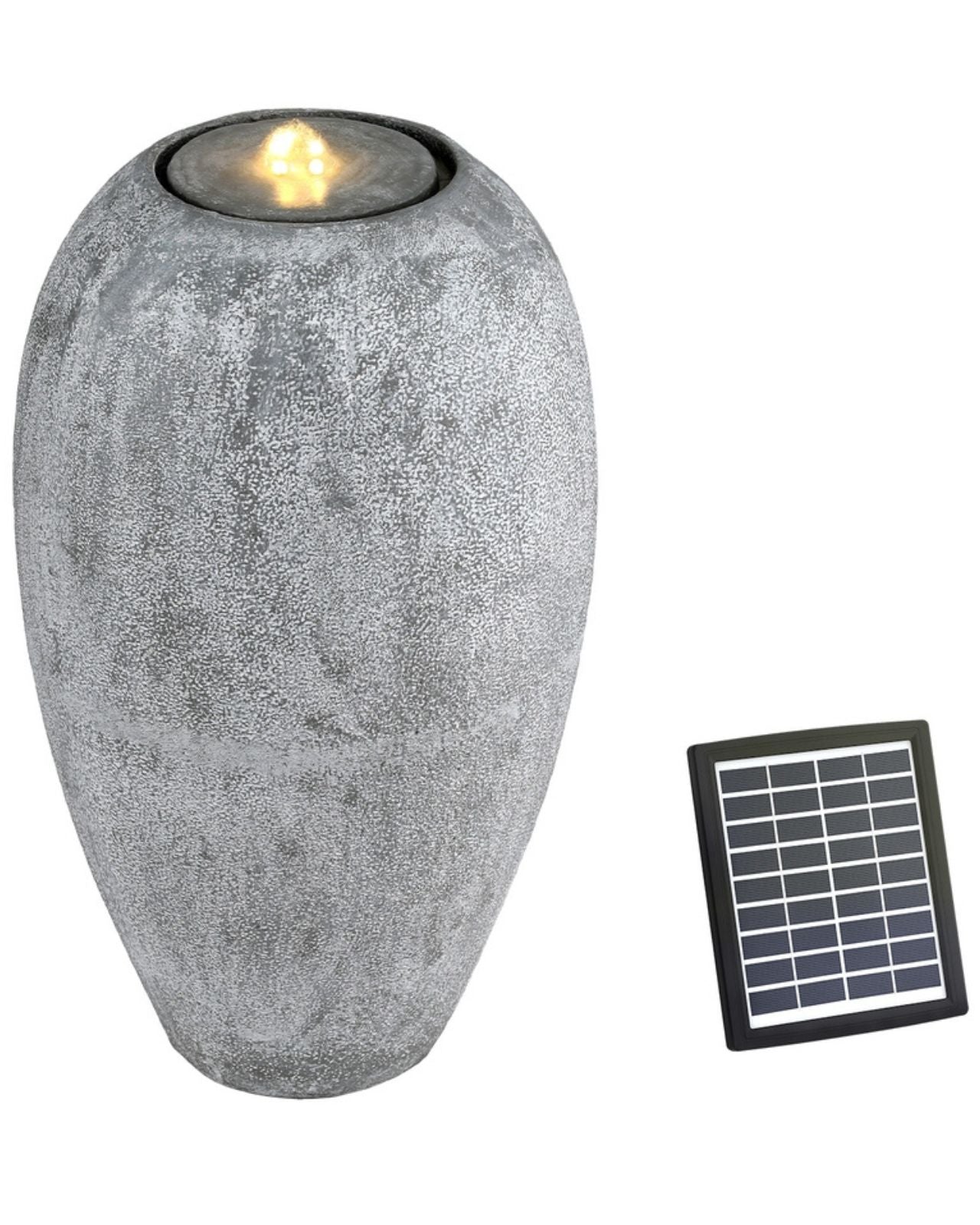
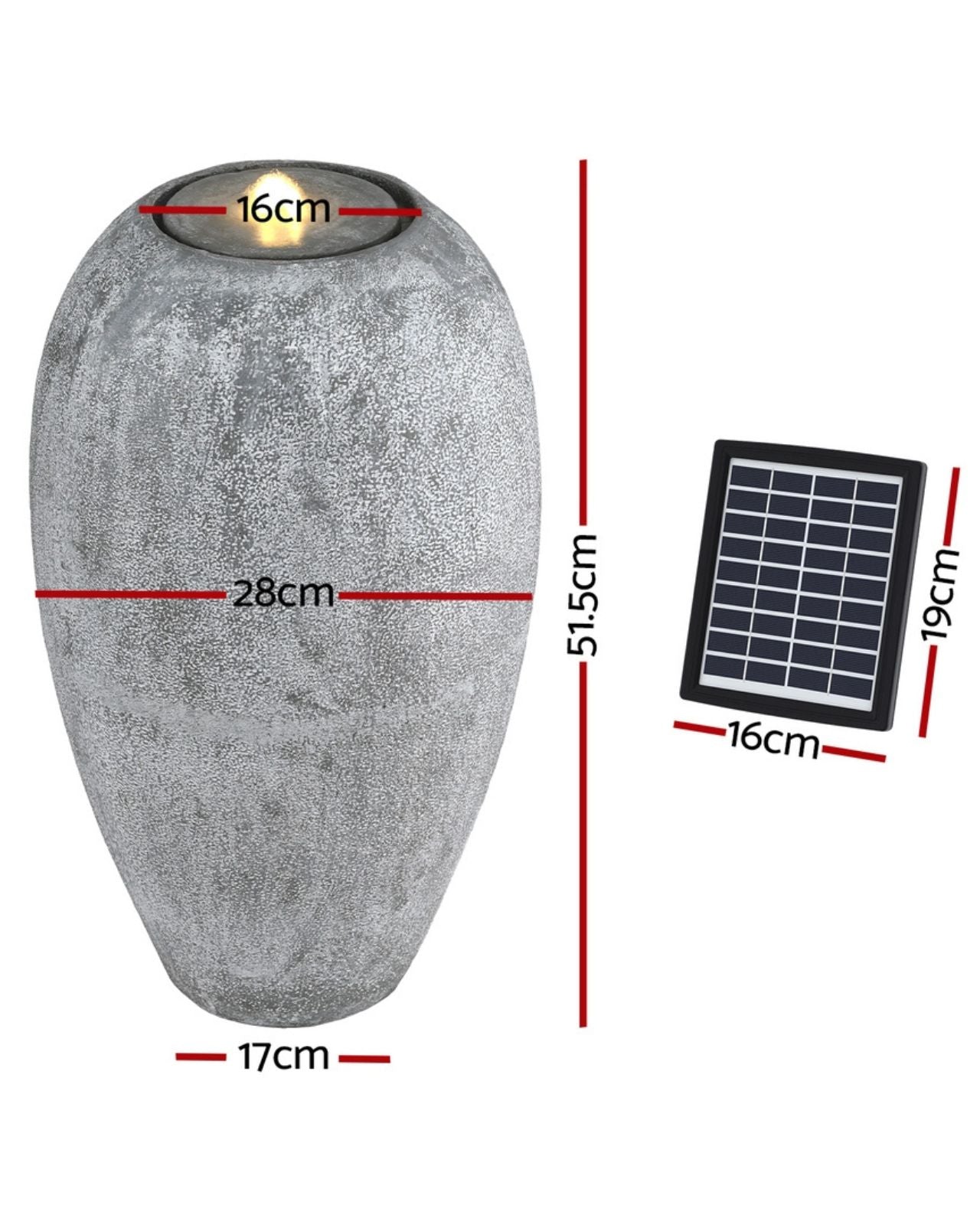
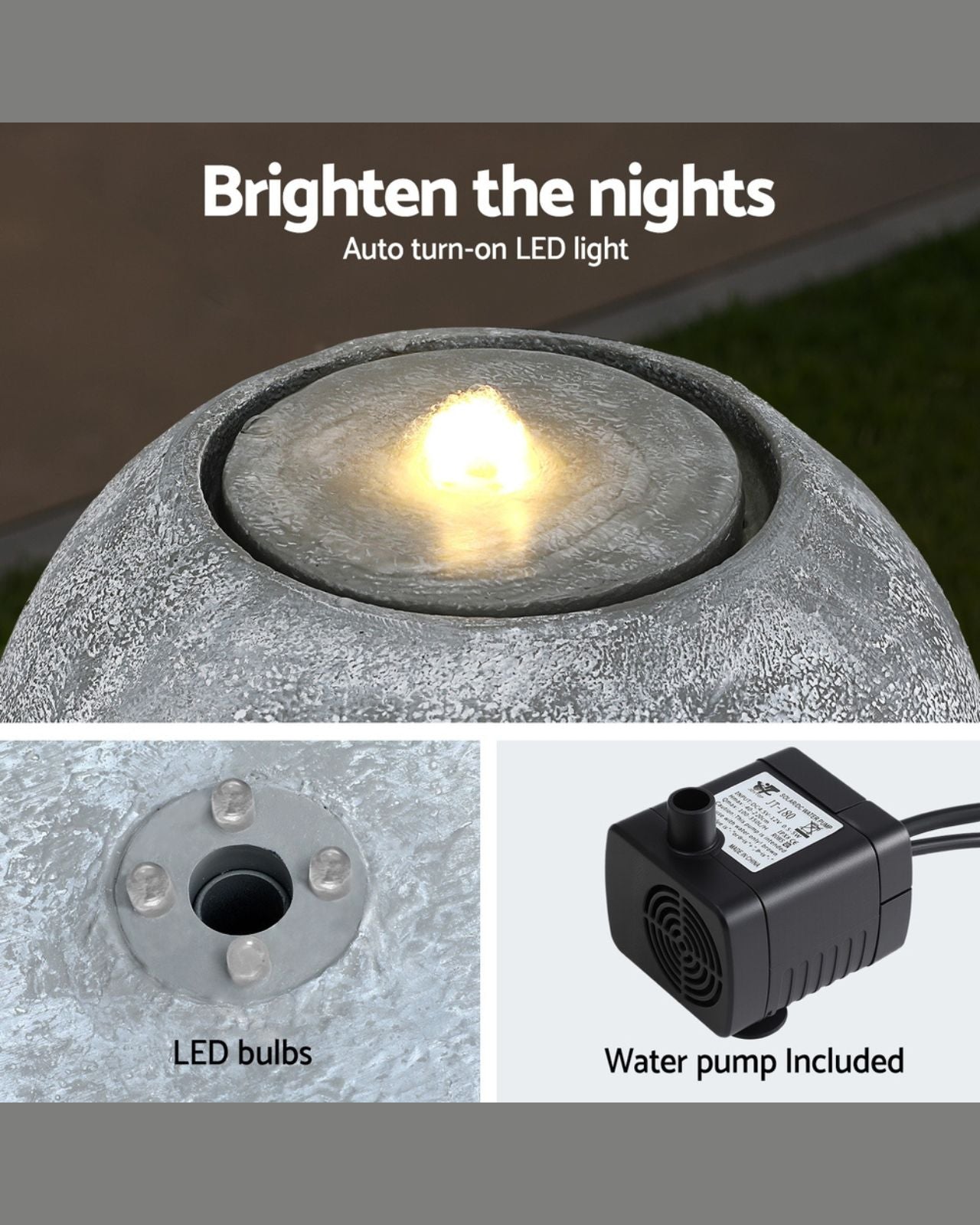
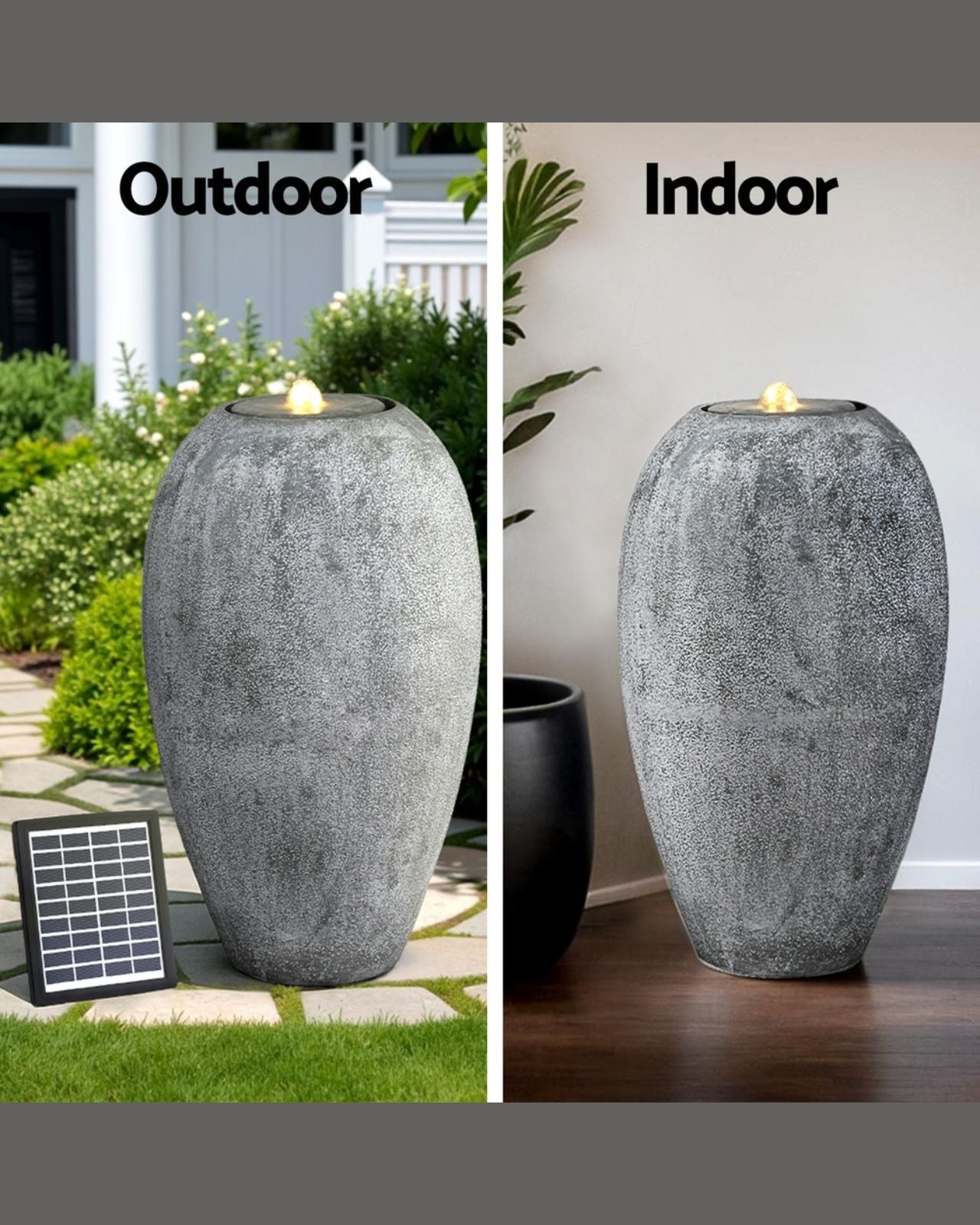
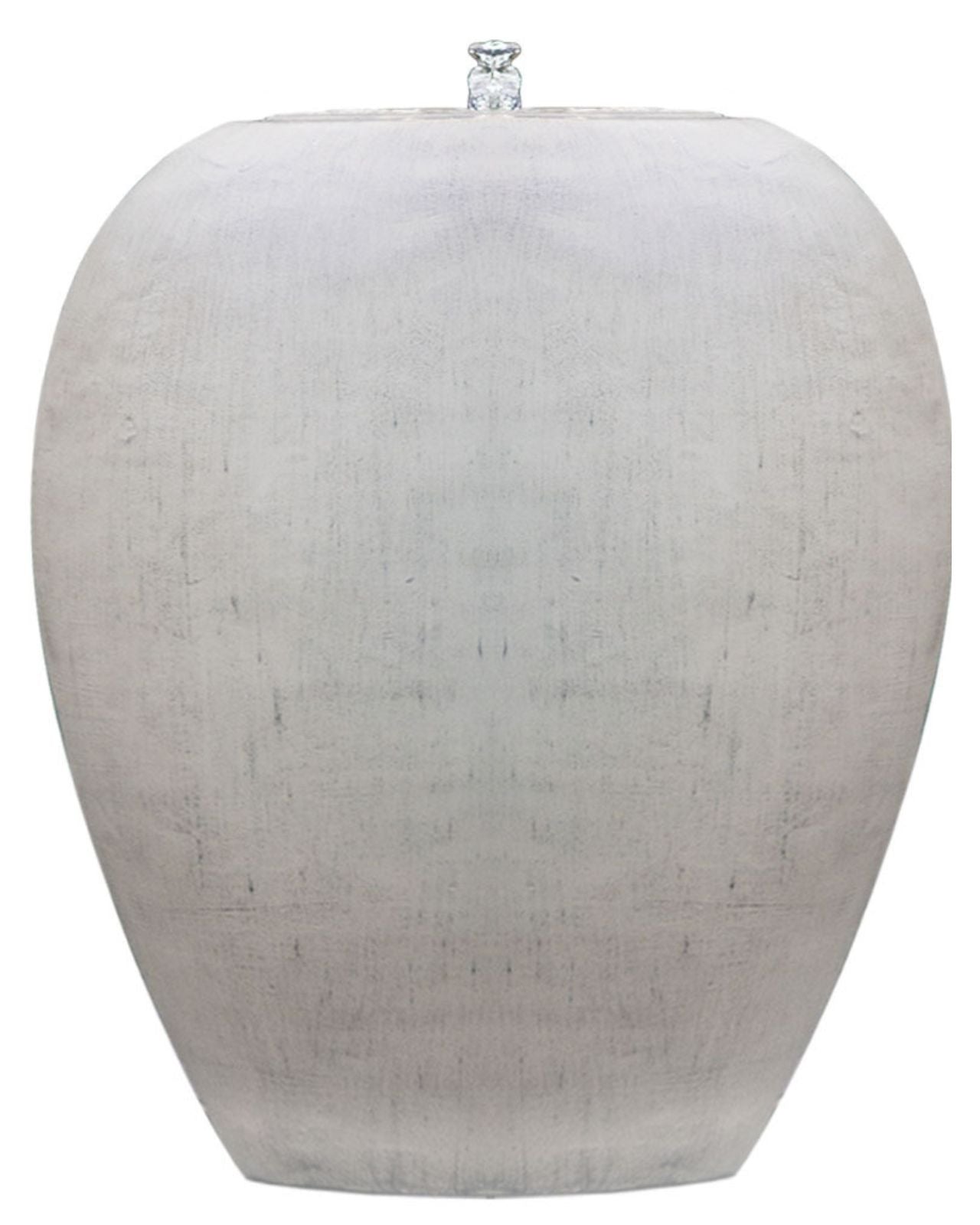
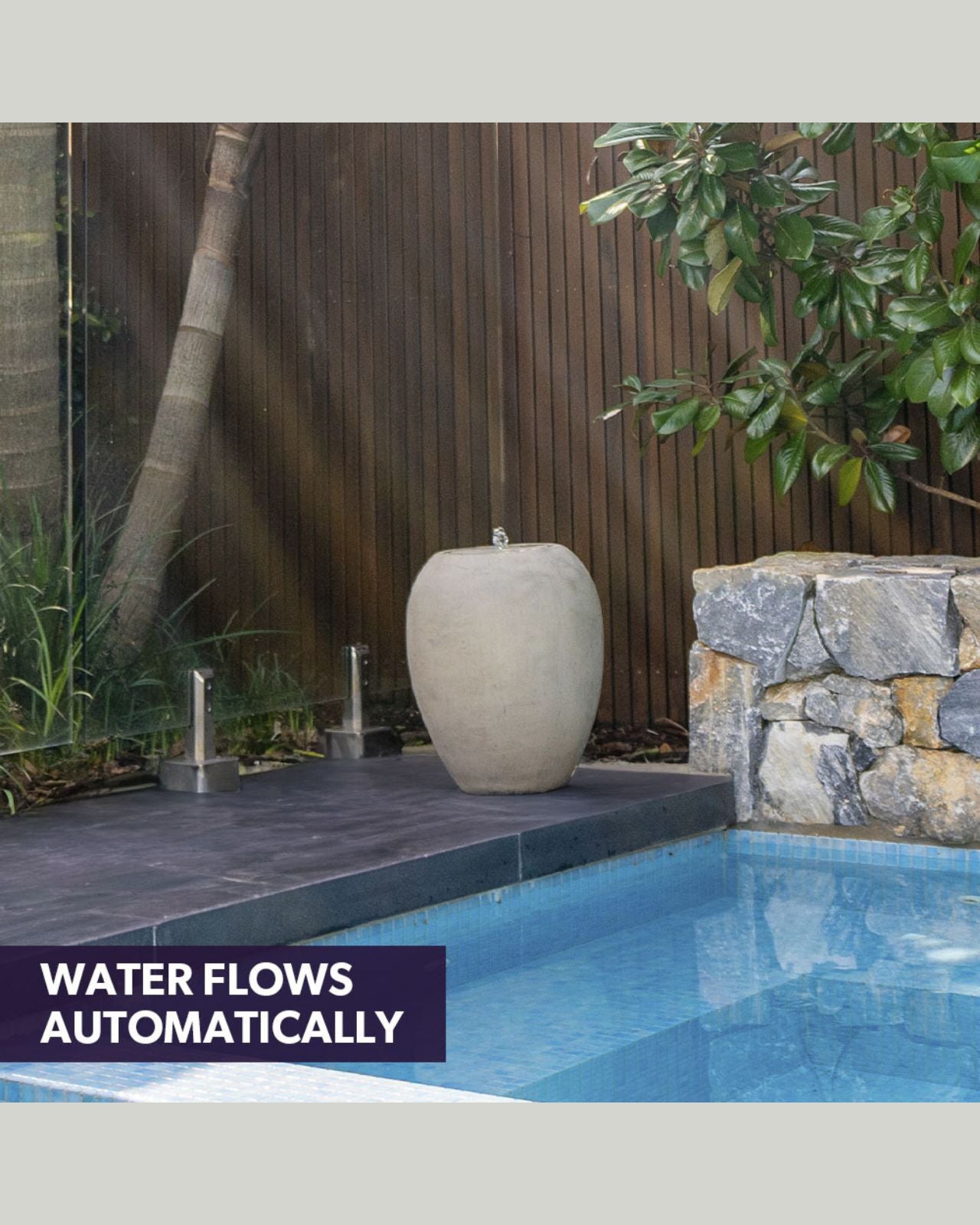
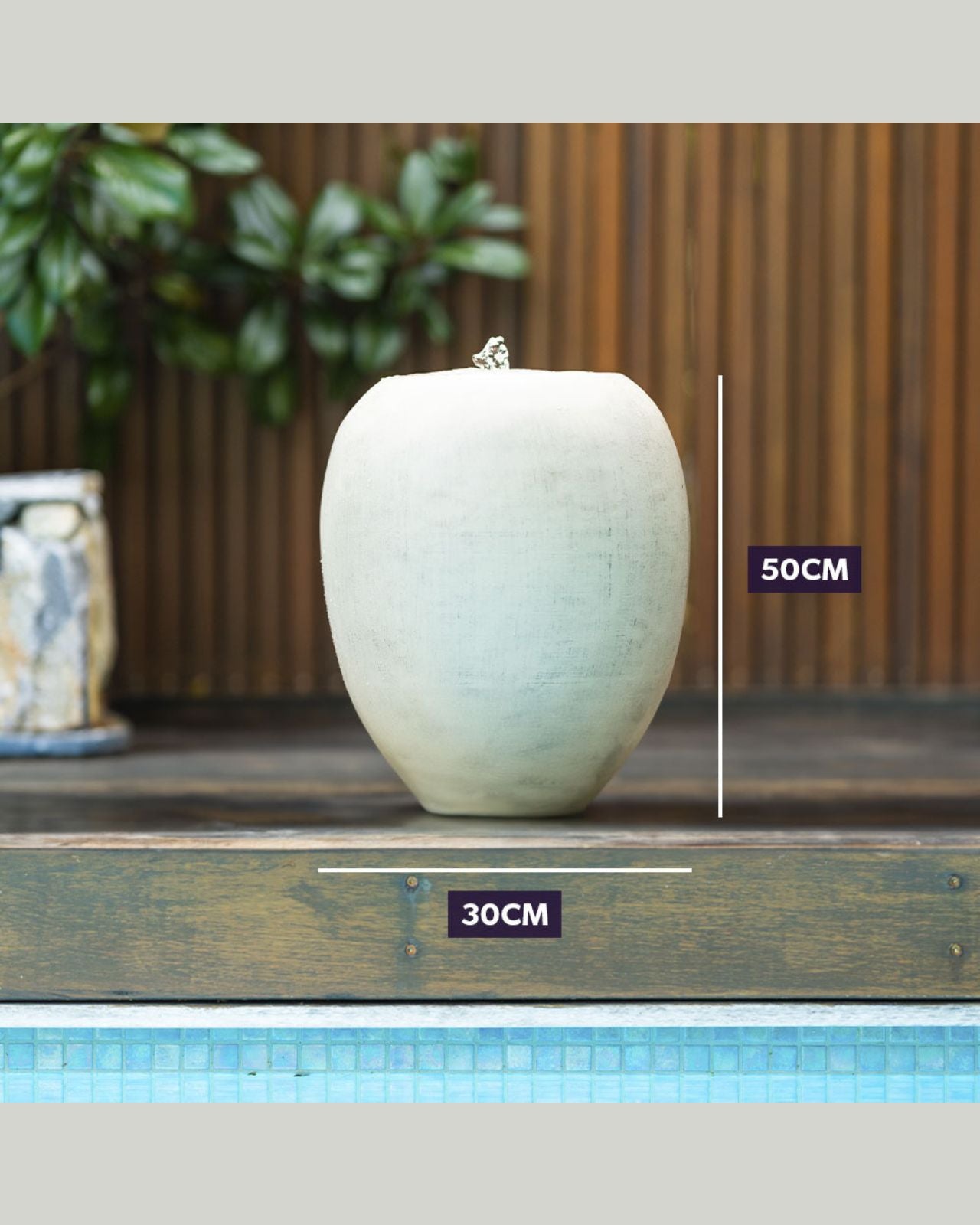

Share:
Winterizing Outdoor Water Fountains: A Complete Guide
How to Remove White Scale from Your Water Feature